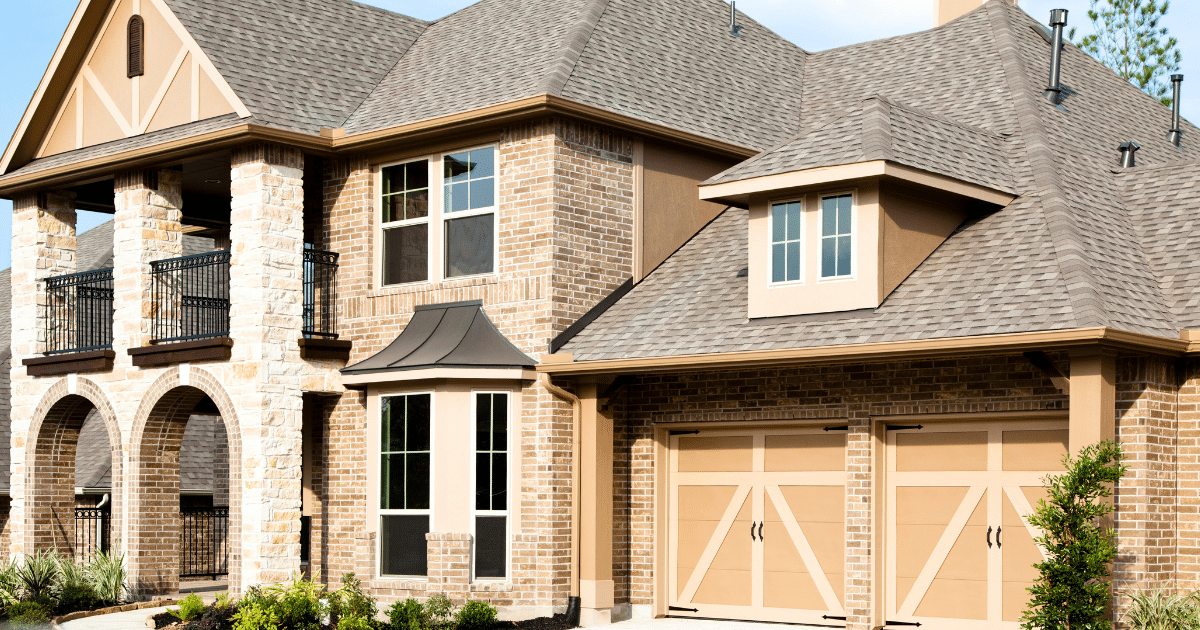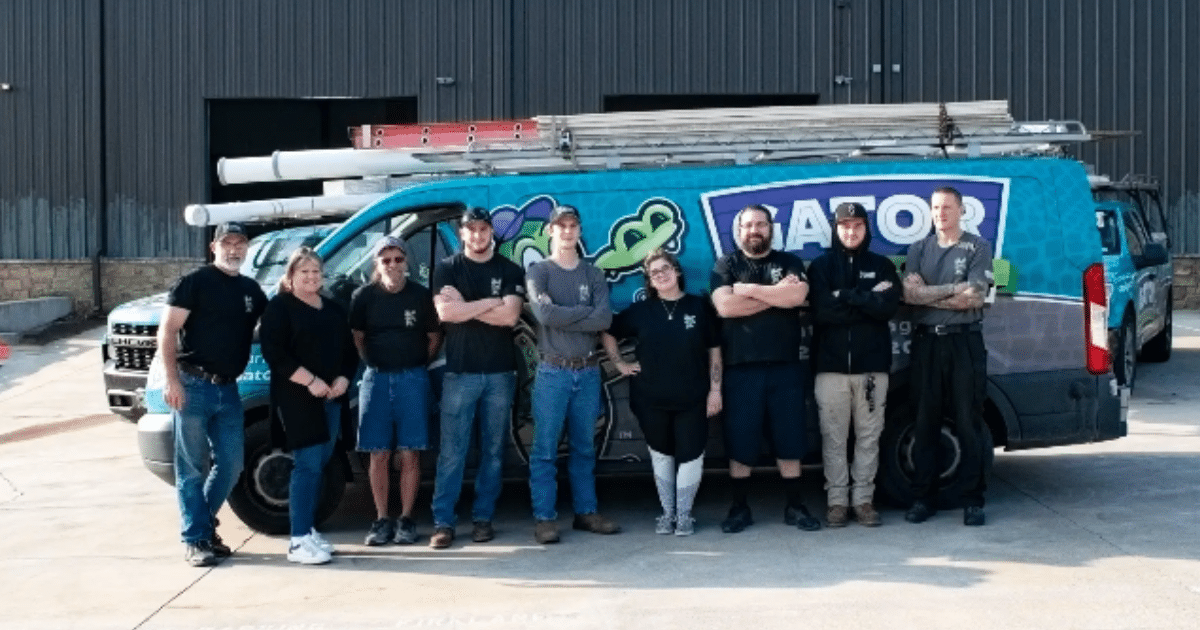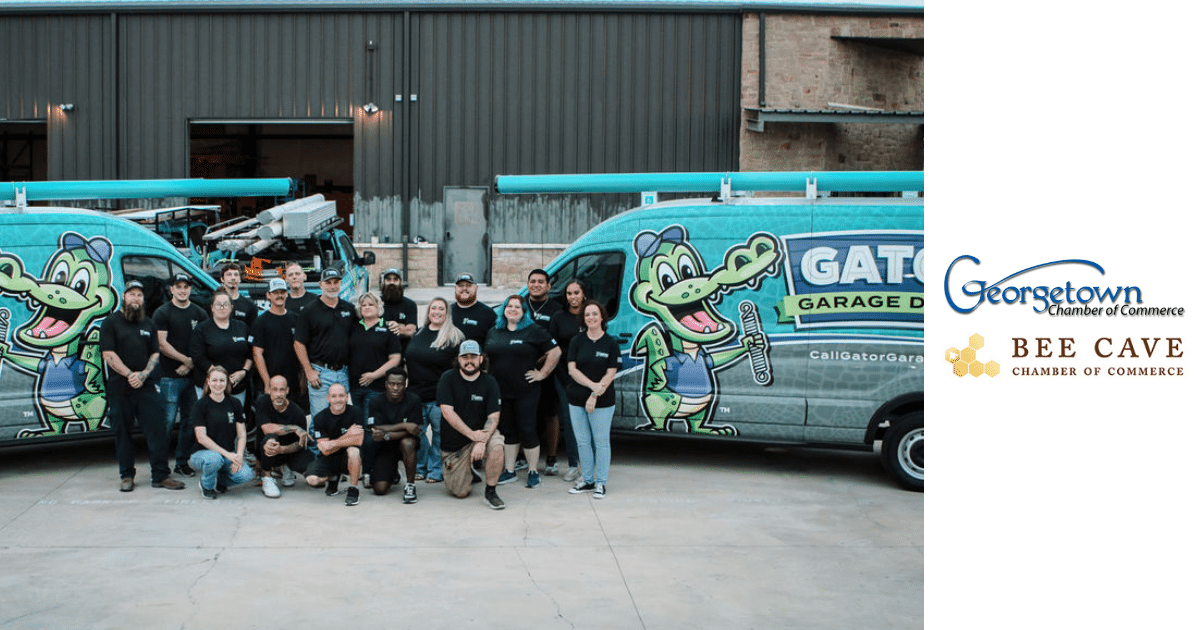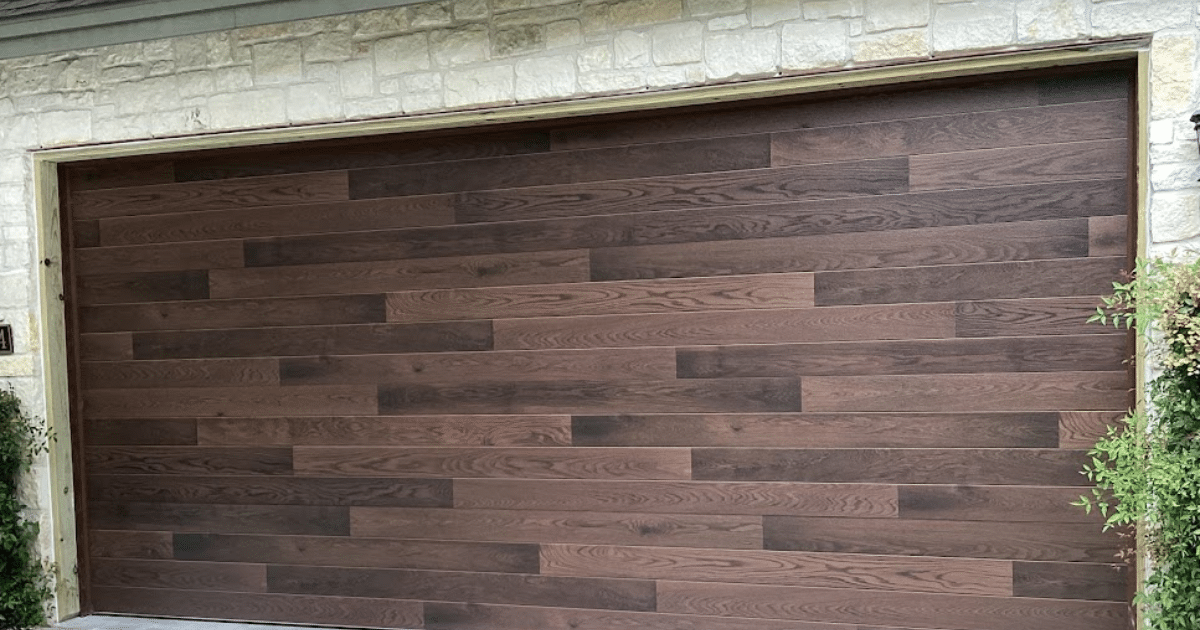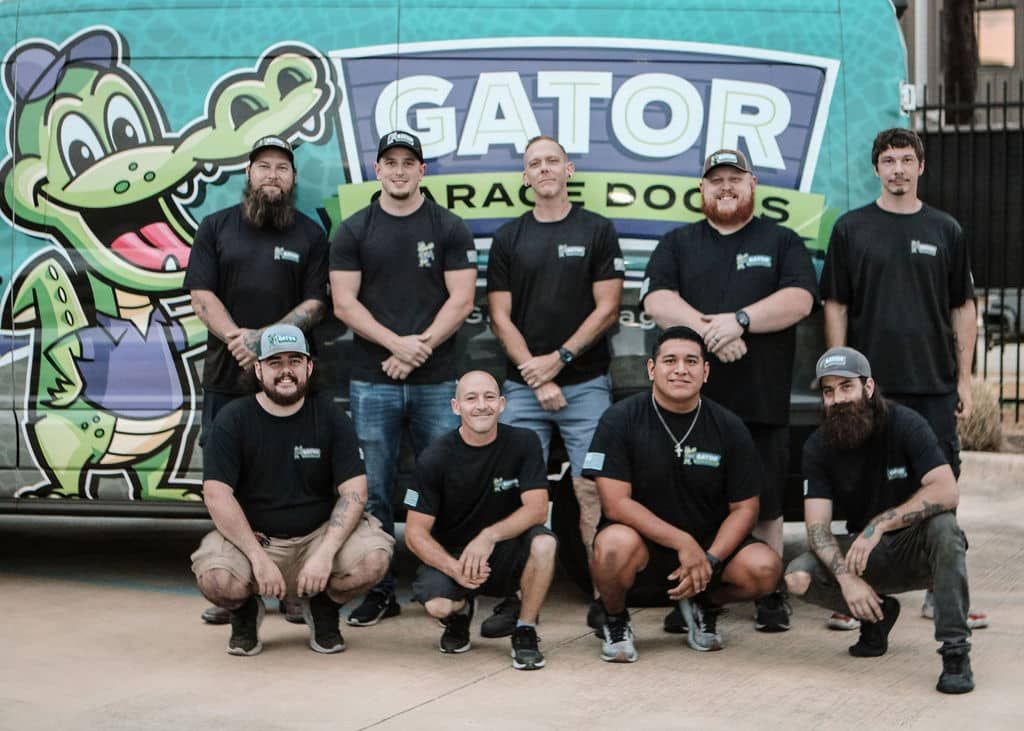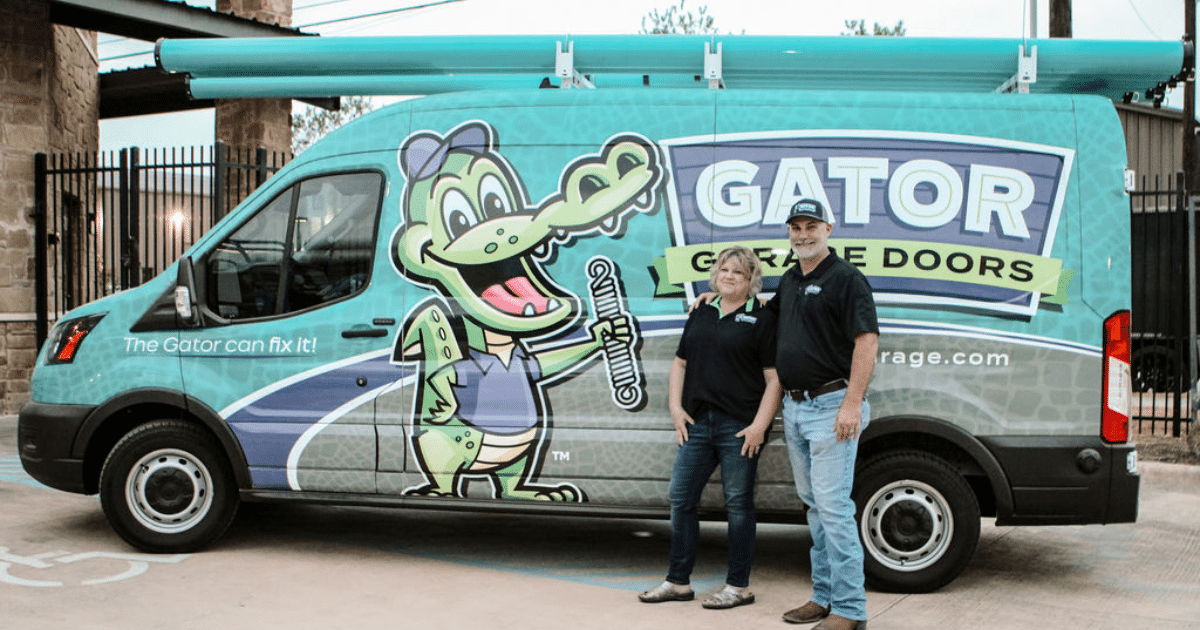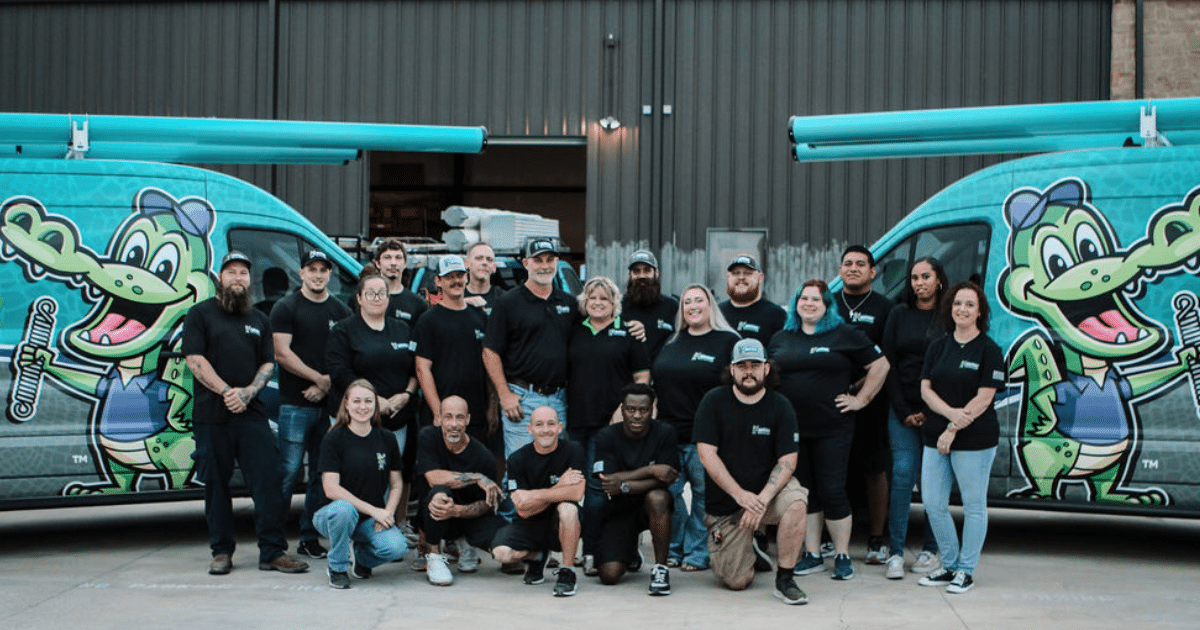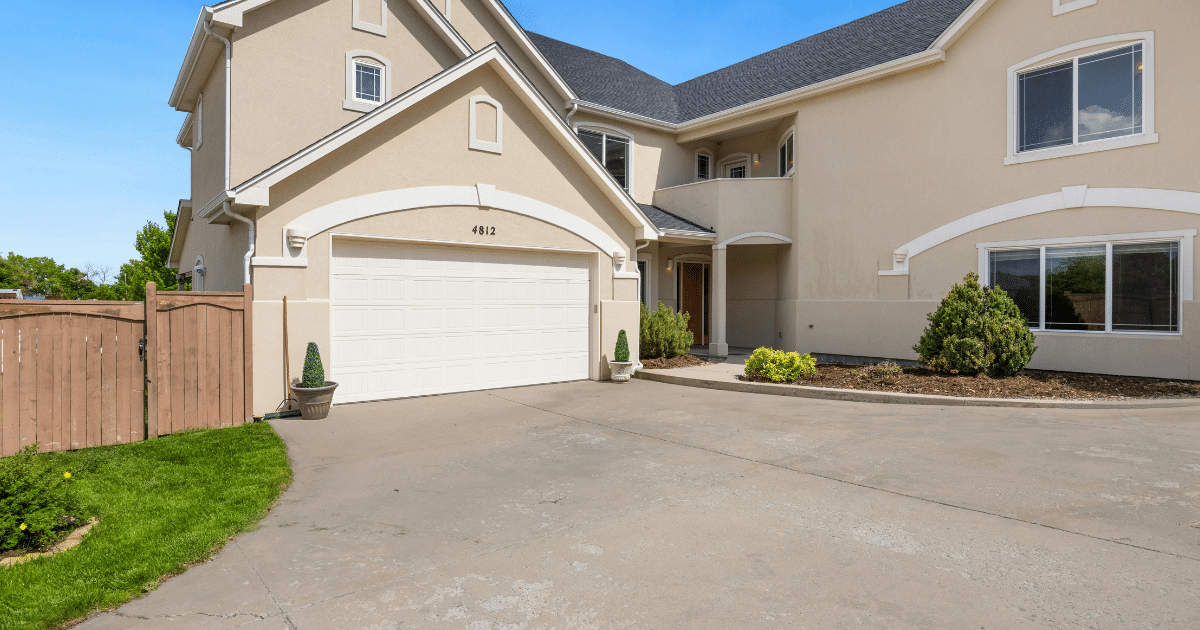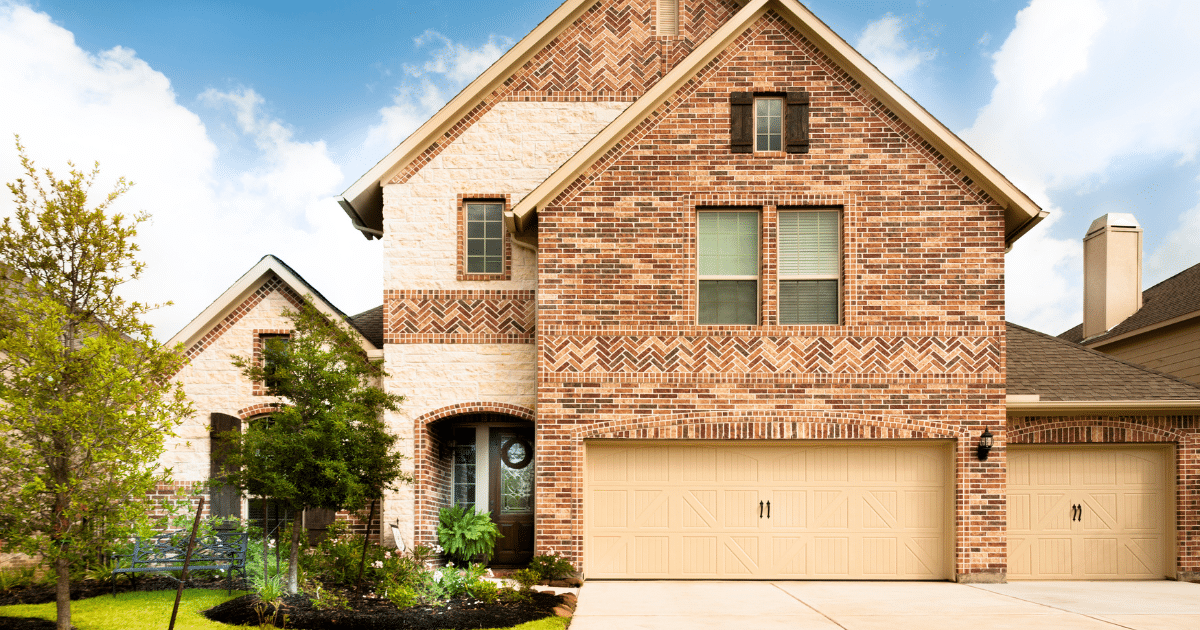Texas “Winter”: Why Garage Doors Fail in Mild Freezes
A Guide for Austin & Round Rock Homeowners
When winter hits Central Texas, it rarely brings blizzards or week-long freezes. Instead, we get something uniquely Texan: sudden 30–40 degree temperature drops, high humidity, early-morning condensation, and the occasional light freeze. While it may not seem like much, these rapid shifts can wreak surprising havoc on your garage door system.
At Gator Garage Doors, we see an influx of service calls every time Austin and Round Rock experience one of these “cold snaps.” Not because the weather is severe by northern standards, but because Texas temperature swings create the perfect conditions for garage door malfunctions.
Here’s why your system struggles in mild freezes, and how to prevent breakdowns before they leave you stuck inside or out.
Why Texas Cold Snaps Cause Garage Door Problems
Rapid Temperature Drops Make Metal Parts Contract
Garage door components like springs, tracks, and rollers are made of steel. Metal naturally contracts as temperatures fall. In a typical Austin winter, temperatures drop fast—not gradually, so your garage door system has no time to adjust.
That sudden contraction can:
- Reduce spring tension
- Increase friction along the tracks
- Cause rollers to bind
- Make the opener work harder than usual
If your springs were already worn or improperly calibrated, one sharp cold snap can push them past their breaking point.
High Humidity + Cold Mornings = Sensor Trouble
Unlike dry northern winters, Texas cold fronts often blow in with humidity still lingering in the air. When temperatures drop overnight, moisture condenses on your garage components, especially the safety sensors near the floor.
Fogged, damp, or misaligned sensors can cause:
- A garage door that refuses to close
- Flashing lights on the opener
- A door that reverses for “no reason.”
Homeowners often think their opener is failing, but the real culprit is condensation. A quick wipe-down or slight realignment typically solves it.
3. Old Lubricant Thickens in Cooler Temps
Garage doors rely on smooth, lightweight lubrication. When temperatures drop, older or low-quality lubricants can thicken or gum up.
This increased resistance can cause:
- A sluggish or noisy door
- The opener straining or stopping
- Rollers dragging instead of gliding
If your system hasn’t been lubricated in a while, or if someone used the wrong product (like grease instead of silicone), a cold snap can turn minor buildup into a major problem.
Common Winter Garage Door Symptoms in Central Texas
During a Texas-style freeze, homeowners frequently report:
- The door starts to open, then stops
- The opener hums, but the door doesn’t move
- The door slams shut or feels unbalanced
- Springs snap suddenly after cold weather
- The door won’t close because sensors are blinking
- Loud screeching or grinding noises on cold mornings
If any of these sound familiar, your garage door is responding to weather conditions, not necessarily a catastrophic failure. Most problems can be resolved quickly with professional adjustment and maintenance.
How to Prevent Garage Door Issues During Texas Winter Weather
1. Schedule a Pre-Winter Tune-Up
In Austin and Round Rock, the first big temperature drop usually hits between late November and January. A tune-up before this window ensures that springs are properly tensioned, rollers move freely, and tracks are aligned.
2. Use the Right Lubricant
Only silicone-based lubricants perform well in Texas winter conditions. Avoid grease, it thickens and collects dust.
3. Check and Clean Your Sensors
Wipe them gently anytime the temperature swings. If your driveway is sloped, they may collect extra condensation and require occasional realignment.
4. Test the Balance of Your Door
An unbalanced door strains your opener, especially in cold weather when components tighten. If lifting the door manually feels heavy, it’s time for professional service.
5. Monitor Spring Performance
Springs are the most vulnerable part of your system during cold snaps. If your door becomes loud, jerky, or uneven, stop using it and call a technician to avoid a full spring break.
When to Call Gator Garage Doors
If your garage door stops working during a cold snap, or you want to prevent that inconvenience altogether, our team is here to help. We understand Texas winters and the unique strain they put on local garage door systems. A fast inspection or repair can save you from being stuck during a chilly Austin morning.
A Texas winter may be mild, but your garage door still feels the impact. With a little preparation and the right professional support, you can keep your system running seamlessly all season long.
Need help before the next cold snap hits? Contact Gator Garage Doors for expert service in Austin, Round Rock, and the surrounding areas.

